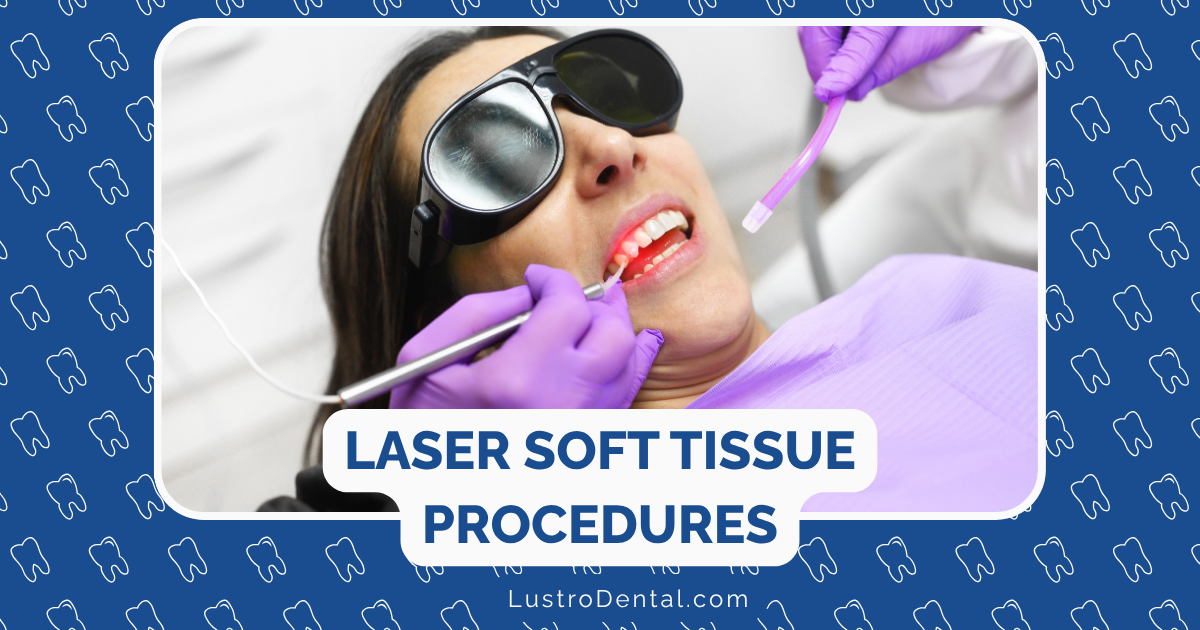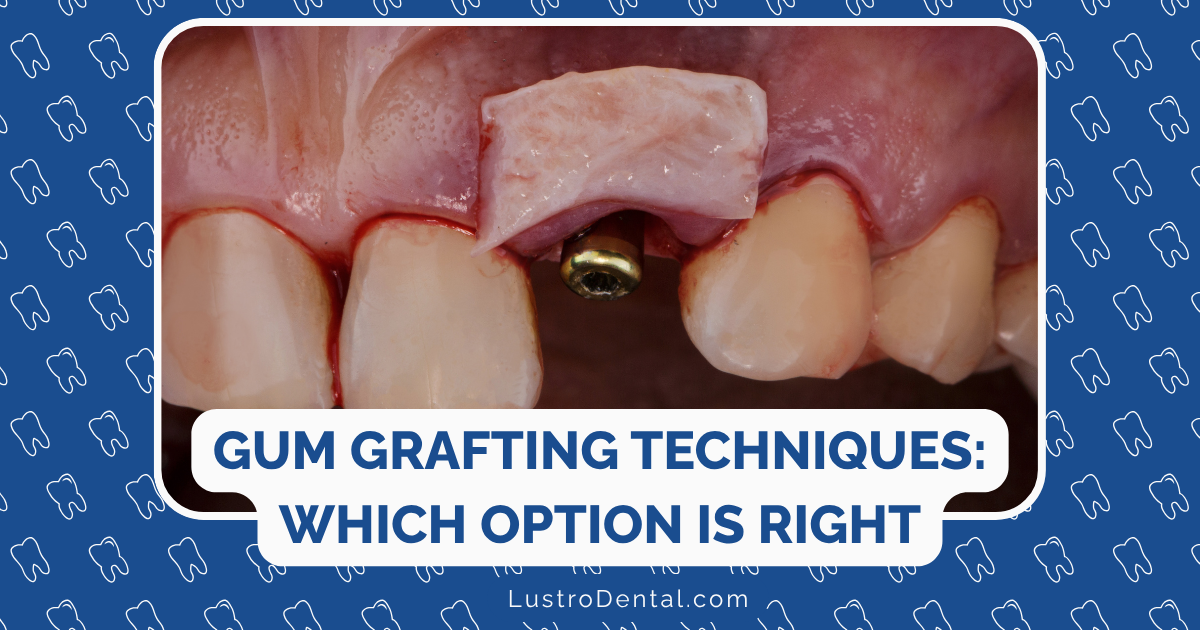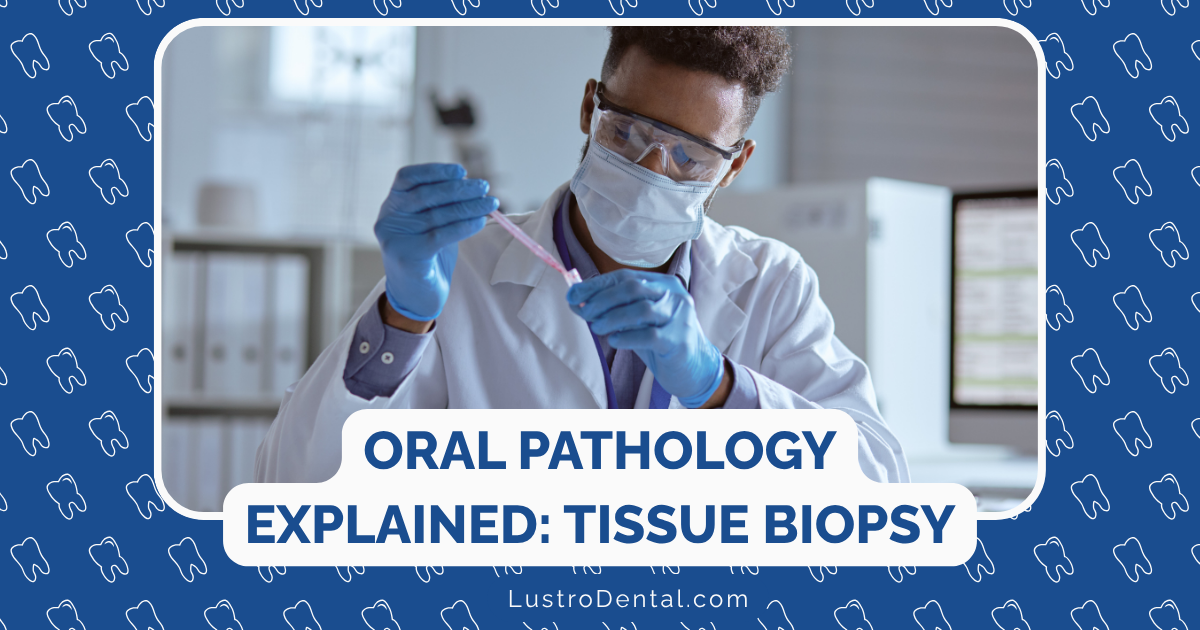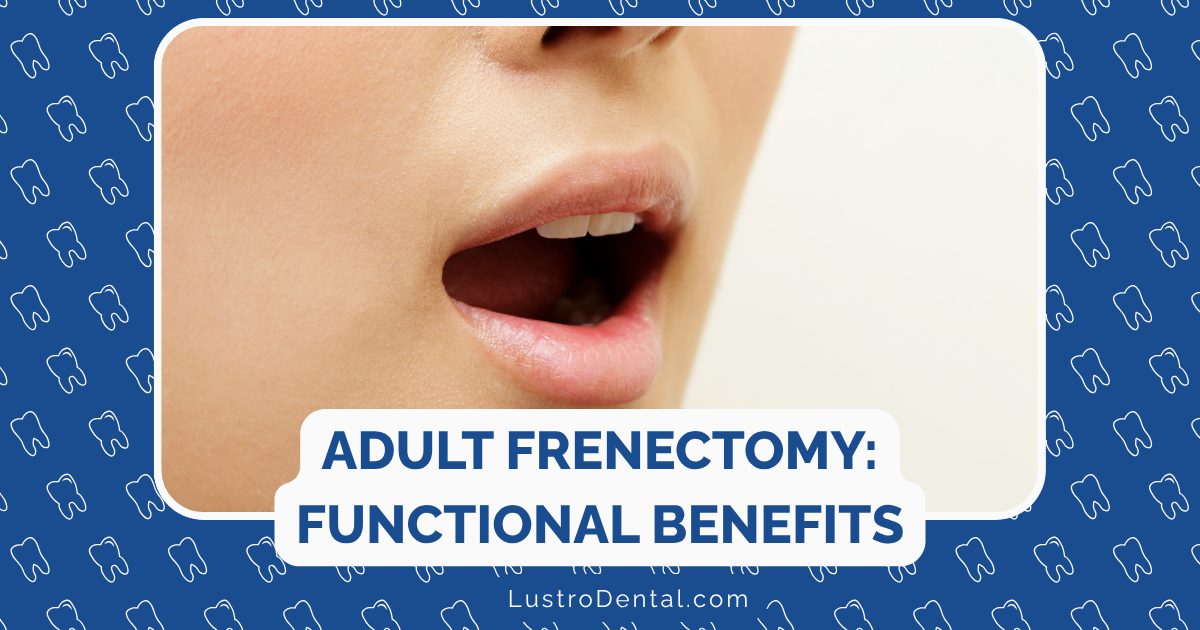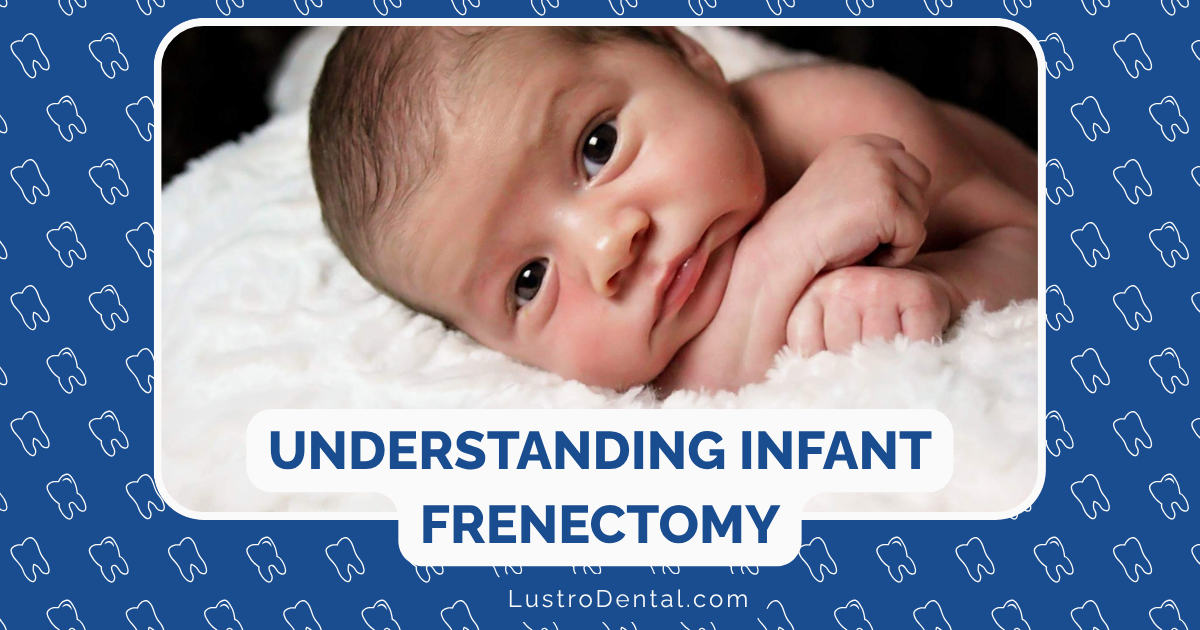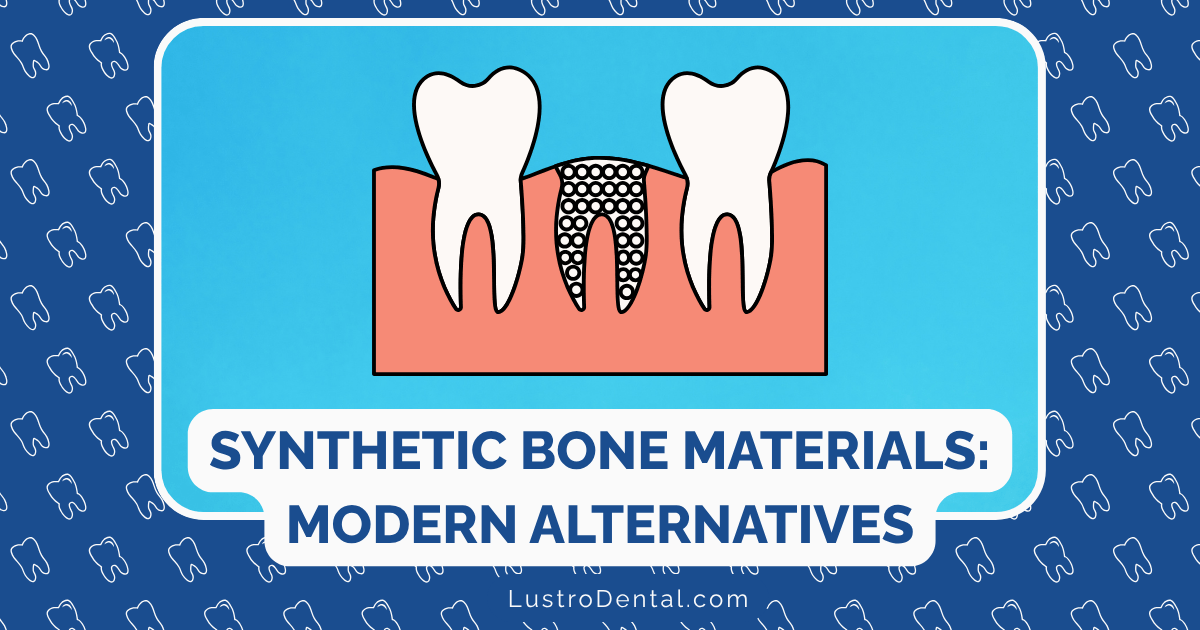Patient Stories: Life-Changing Results from Corrective Jaw Surgery
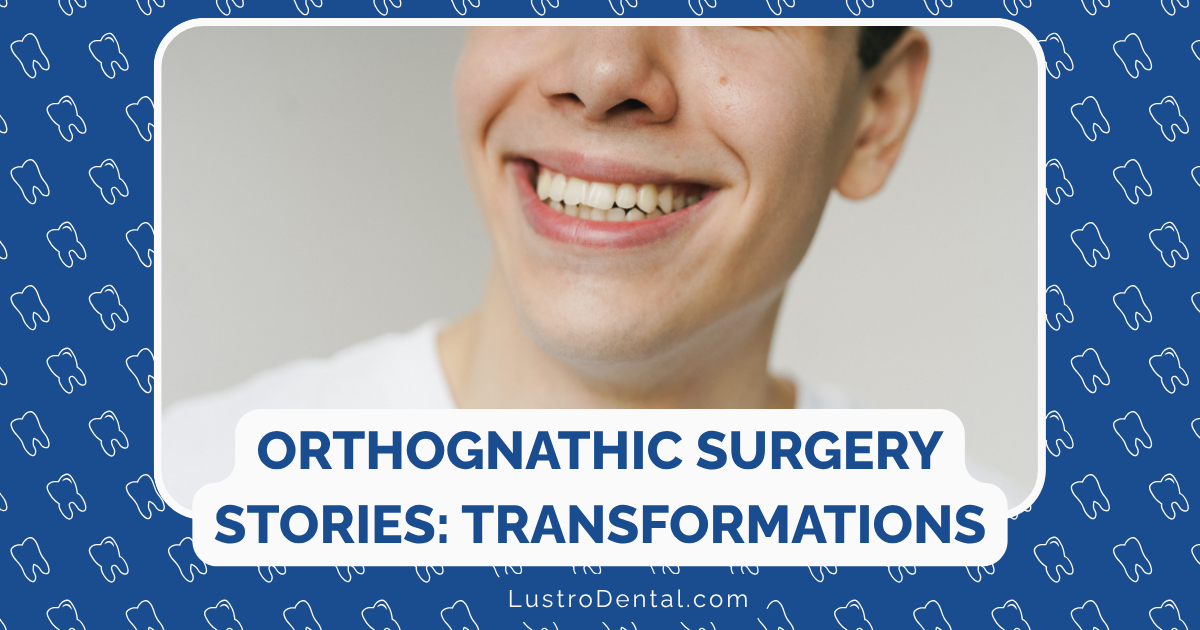
The decision to undergo orthognathic surgery isn’t made lightly. Behind each surgery is a person who’s often struggled for years with functional problems, pain, or self-consciousness about their appearance. While the clinical benefits of corrective jaw surgery are well-documented in medical literature, it’s the personal stories of transformation that truly capture the life-changing impact of this procedure.
I’ve had the privilege of working with hundreds of patients through their orthognathic surgery journeys. Today, I’m sharing some of their stories—with their permission—to help others understand what this process is really like from those who have lived it.
Emma’s Journey: From Chronic Pain to Renewed Quality of Life
Before Surgery: Severe Class II Malocclusion (Overbite)
Emma, 29, had lived with TMJ pain since her teenage years. “I would wake up with headaches almost every morning,” she recalls. “By afternoon, my jaw would be so tired from trying to chew properly that I’d stick to soft foods. I had seen three different dentists who all suggested different mouth guards, but none addressed the underlying problem.”
Emma’s overbite wasn’t just affecting her comfort—it was impacting her career as a teacher. “Talking all day was exhausting. I would be in so much pain by the end of the school day that I couldn’t enjoy my evenings.”
The Decision Point:
After being referred to an oral and maxillofacial specialist by her orthodontist, Emma learned that her jaw structure was the root cause of her problems. “When they showed me the 3D models of my jaw and explained how my lower jaw was recessed, everything finally made sense. It wasn’t just about aesthetics—my jaw was structurally unable to function properly.”
According to Dr. Samuel Chen of the American Association of Oral and Maxillofacial Surgeons, Emma’s experience is common: “Many patients with significant jaw discrepancies have adapted to chronic pain, assuming it’s normal. They don’t realize how much their quality of life is being affected until we have these conversations.”
The Transformation:
Emma underwent bilateral sagittal split osteotomy (BSSO) to advance her lower jaw. Her recovery was challenging—”The first two weeks were tough, I won’t sugarcoat it”—but the results have been transformative.
“It’s been 18 months since my surgery, and I haven’t had a TMJ headache in over a year. I can eat anything I want. I can talk all day in my classroom without pain. My students have even commented that I smile more.”
Beyond the functional improvements, Emma notes subtle but meaningful changes in her appearance. “My profile is balanced now. My chin doesn’t disappear into my neck. But what people notice most is how much more confident I seem—because I’m not in constant pain.”
Michael’s Story: Breathing New Life After Maxillary Advancement
Before Surgery: Maxillary Hypoplasia and Sleep Apnea
Michael, 42, had struggled with sleep apnea for years. Despite using a CPAP machine, he never felt rested. “I was always exhausted, no matter how many hours I spent in bed,” he explains. “My wife said I still gasped for air even with the CPAP mask on.”
What Michael didn’t realize was that his recessed upper jaw was contributing to his breathing difficulties by narrowing his airway.
The Decision Point:
During a consultation with a sleep specialist, Michael was referred to an oral surgeon who identified his maxillary hypoplasia (underdeveloped upper jaw) as a potential contributor to his sleep issues.
“When they explained how my jaw position was affecting my airway, it was like a light bulb went on,” Michael says. “I had always been self-conscious about my ‘sunken’ mid-face appearance, but I never connected it to my breathing problems.”
Research published in the Journal of Clinical Sleep Medicine has increasingly shown the connection between maxillofacial structure and sleep-disordered breathing, with orthognathic surgery becoming a recognized treatment option for select cases of obstructive sleep apnea.
The Transformation:
Michael underwent LeFort I osteotomy to advance his upper jaw and expand his airway. The recovery was more involved than he expected—”The congestion and sinus pressure were intense for about three weeks”—but the results have been life-changing.
“Six months after surgery, I had another sleep study done. My apnea episodes decreased by over 70%. I haven’t used my CPAP in over a year now,” Michael reports. “I wake up feeling rested for the first time in my adult life.”
The aesthetic changes have been significant as well. “My face looks more balanced. My eyes don’t look as tired. People who haven’t seen me in a while say I look younger, healthier.”
Michael’s wife adds: “The best part is hearing him breathe normally at night. No more gasping, no more snoring. We’re both sleeping better.”
Sophia’s Experience: Finding Confidence After Facial Asymmetry Correction
Before Surgery: Facial Asymmetry and Crossbite
Sophia, 25, had always been aware of her facial asymmetry. “My chin deviated to the right, and I had a crossbite that made chewing difficult,” she explains. “Throughout high school and college, I became expert at angling my face in photos to hide the asymmetry.”
Beyond the cosmetic concerns, Sophia experienced uneven wear on her teeth and difficulty with certain foods. “I couldn’t bite into an apple with my front teeth. I always had to cut everything into small pieces.”
The Decision Point:
After consulting with an orthodontist about her crossbite, Sophia was referred to an oral surgeon who recommended a combined orthodontic-surgical approach.
“When they showed me the virtual surgical planning—how my face could look with the asymmetry corrected—I cried,” Sophia remembers. “Not because I wanted to look ‘perfect,’ but because I could see myself without the feature that had always made me self-conscious.”
Dr. Lisa Wong of Johns Hopkins Medicine notes that facial asymmetry can have profound psychological impacts: “We see many patients who have adapted their entire way of interacting with the world—how they pose for photos, how they enter rooms, how they engage in conversations—based on facial asymmetries they’re trying to hide.”
The Transformation:
Sophia’s treatment involved 14 months of pre-surgical orthodontics, followed by a combined procedure addressing both jaws to correct her midline and create proper occlusion.
“Recovery was a rollercoaster,” she admits. “The swelling was uneven because of the asymmetry correction, which was mentally challenging. For about two weeks, I worried I had made a mistake because I looked so different—not just from my pre-surgery face, but from what I expected.”
However, as the swelling subsided, Sophia began to see the results. “By month three, I could see the symmetry emerging. Now, two years post-op, I don’t even think about angling my face in photos anymore. I smile straight-on, and it feels amazing.”
The functional improvements have been equally significant. “I can bite into anything. My teeth meet properly when I chew. And I don’t get the jaw fatigue I used to experience after talking for long periods.”
Sophia’s advice to others considering surgery for asymmetry: “Document your progress with photos, but don’t obsess over them in the early weeks. Healing takes time, and the final result is worth the wait.”
David’s Transformation: Correcting an Open Bite in Adulthood
Before Surgery: Anterior Open Bite
David, 34, had lived with an anterior open bite his entire life—his front teeth didn’t touch when he closed his mouth. “I couldn’t bite through a sandwich with my front teeth,” he explains. “Everything had to be eaten with my side teeth or cut into small pieces.”
Beyond the functional limitations, David’s open bite affected his speech, causing a slight lisp that made him self-conscious in professional settings.
The Decision Point:
After two unsuccessful attempts at correction with braces alone during his teens and twenties, David was referred to a surgical orthodontic team.
“My orthodontist explained that my open bite wasn’t just about the teeth—it was about the underlying jaw structure,” David says. “No amount of orthodontic treatment alone could fully correct it because the problem was skeletal, not just dental.”
According to research published in the American Journal of Orthodontics and Dentofacial Orthopedics, skeletal open bites in adults often require combined orthodontic-surgical approaches for stable correction.
The Transformation:
David underwent a combined approach: pre-surgical orthodontics followed by a maxillary impaction (LeFort I osteotomy) to reposition his upper jaw.
“The recovery was challenging, especially the first week,” David recalls. “Swelling made it look like my bite was still open, which was mentally tough. But my surgeon reassured me this was normal and temporary.”
Three months after surgery, David experienced a moment he’ll never forget: “I bit into an apple using my front teeth for the first time in my life. It sounds simple, but I actually got emotional about it.”
Now two years post-surgery, David reflects: “My speech has improved—the lisp is gone. I can eat normally. And I smile more confidently because my teeth come together properly.”
An unexpected benefit has been in his professional life: “I work in sales, and I never realized how much mental energy I was using to monitor my speech during presentations. Now I can focus fully on connecting with clients instead of worrying about how I sound.”
Common Threads in Recovery Experiences
While each patient’s journey is unique, several themes emerge across these orthognathic surgery stories:
The Emotional Rollercoaster
Nearly every patient describes an emotional journey that parallels their physical one:
- Initial relief after surgery (“I did it!”)
- Doubt and concern during peak swelling (typically days 3-5)
- Gradual acceptance as swelling subsides and function improves
- Celebration as final results emerge
As Emma puts it: “There were definitely days during recovery when I questioned my decision. The swelling was intense, and I couldn’t recognize myself in the mirror. But those feelings were temporary, and the permanent results have been worth every difficult moment.”
The Significance of Support Systems
All four patients emphasized the importance of having support during recovery:
- Family members to help with meal preparation and emotional support
- Surgical teams that were accessible for questions and concerns
- Online communities of others going through similar experiences
Michael credits his wife’s support as crucial: “Having someone who understands this is temporary and can remind you of why you’re doing this makes all the difference during those tough early weeks.”
There are several online support communities that patients found helpful, including the Jaw Surgery Support Group on Facebook and forums on RealSelf.
Nutrition Challenges and Solutions
Managing nutrition during recovery was a challenge mentioned by all patients. Strategies that helped included:
- Preparing and freezing nutritious smoothies and soups before surgery
- Investing in a high-quality blender
- Finding protein supplements that weren’t overly sweet
- Creative approaches to blending regular meals
Sophia shares: “I bought these little silicone popsicle molds and would freeze smoothies in them. Something about having a ‘food shape’ rather than just another drink made meals more satisfying during those weeks of liquid diet.”
Documentation of the Journey
Each patient mentioned the value of documenting their progress with photos:
- Daily photos during the first two weeks
- Weekly photos during months 1-3
- Monthly photos thereafter
“Looking back at my progress photos was incredibly motivating,” says David. “On days when I felt like the swelling would never go away, I could see how far I’d already come.”
Is Orthognathic Surgery Right for You?
While these success stories are inspiring, orthognathic surgery is a significant procedure that isn’t right for everyone. According to the Mayo Clinic, candidates for jaw surgery typically include people with:
- Difficulty chewing, biting, or swallowing
- Chronic jaw or TMJ pain
- Excessive wear on teeth due to improper alignment
- Open bite (upper and lower teeth don’t meet)
- Receding chin or protruding jaw
- Sleep apnea related to jaw position
- Facial injury or birth defects affecting jaw alignment
- Inability to close lips comfortably
The decision involves careful consideration of:
- Severity of your condition
- Impact on your quality of life
- Whether orthodontics alone could address your concerns
- Your overall health and ability to undergo major surgery
- Realistic expectations about results and recovery
Finding the Right Surgical Team
All four patients emphasized the importance of finding the right team for their care. Key considerations include:
- Experience: Seek surgeons who specialize in orthognathic procedures and perform them regularly
- Approach to planning: Modern 3D planning and surgical guides improve precision
- Communication style: You should feel comfortable asking questions
- Before/after gallery: Review results of similar cases
- Comprehensive team: Coordination between your surgeon, orthodontist, and other specialists
As Dr. Wong notes, “The technical skill of the surgeon is obviously crucial, but equally important is their ability to understand the patient’s goals and communicate clearly about expectations.”
Final Thoughts: Beyond the Physical Transformation
What stands out in all these stories is that while the physical changes were significant, the emotional and quality-of-life improvements were even more profound.
“People ask if I regret having such a major surgery,” says Emma. “I tell them I only regret not doing it sooner. I lost years to pain that I didn’t have to endure.”
Sophia adds: “This wasn’t about pursuing some ideal of perfection. It was about addressing something that affected my daily life—functionally and emotionally. The confidence I’ve gained isn’t vanity; it’s the relief of not having to think about my jaw constantly.”
For those considering orthognathic surgery, these stories offer both hope and realistic expectations. The journey involves challenges, but for many patients with significant jaw discrepancies, the transformation extends far beyond their smile—it changes how they eat, speak, breathe, sleep, and ultimately, how they live.
Are you considering orthognathic surgery or have you undergone the procedure? Share your questions or experiences in the comments below. Your story might help others on their journey


